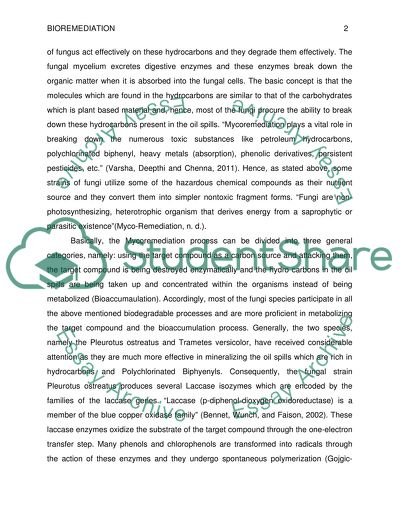Cite this document
(“Bioremediation Mycoremediation: the role of fungi to rescue the Oil Essay”, n.d.)
Retrieved from https://studentshare.org/biology/1399369-bioremediation-mycoremediation-the-role-of-fungi-to-rescue-the-oil-spills
Retrieved from https://studentshare.org/biology/1399369-bioremediation-mycoremediation-the-role-of-fungi-to-rescue-the-oil-spills
(Bioremediation Mycoremediation: The Role of Fungi to Rescue the Oil Essay)
https://studentshare.org/biology/1399369-bioremediation-mycoremediation-the-role-of-fungi-to-rescue-the-oil-spills.
https://studentshare.org/biology/1399369-bioremediation-mycoremediation-the-role-of-fungi-to-rescue-the-oil-spills.
“Bioremediation Mycoremediation: The Role of Fungi to Rescue the Oil Essay”, n.d. https://studentshare.org/biology/1399369-bioremediation-mycoremediation-the-role-of-fungi-to-rescue-the-oil-spills.


